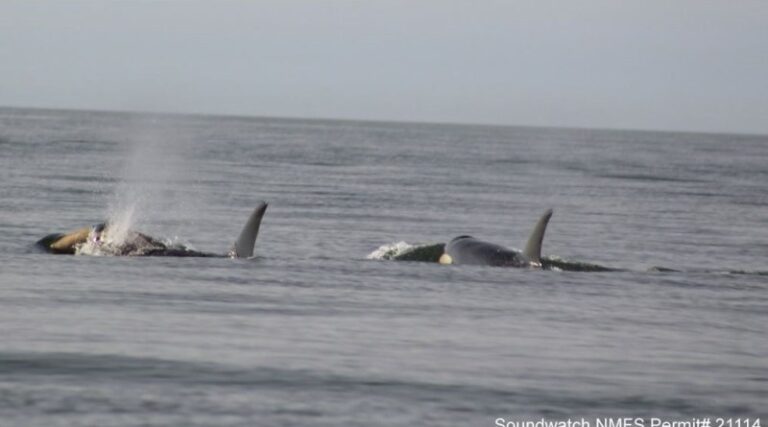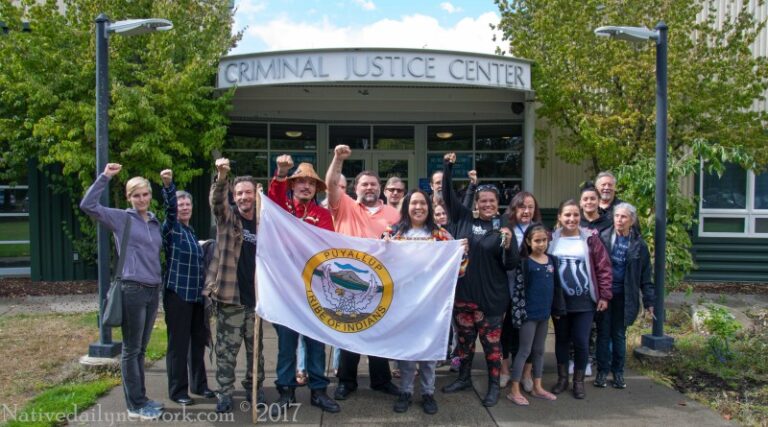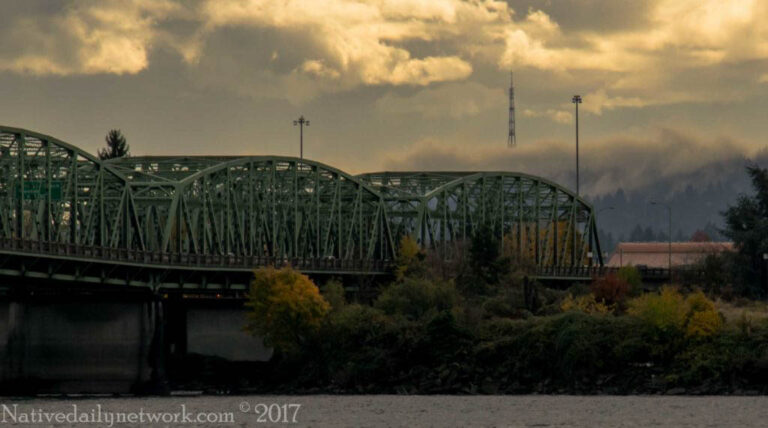by Benita Moore
Youth runners from the Standing Rock Sioux Tribe’s reservation in North Dakota are running to raise awareness of the Dakota Access Pipeline and to deliver a petition with 14,000 signatures to the Army Corps of Engineers, the government agency responsible for issuing permits for the pipeline.
The Dakota Access Pipeline (DAPL) project, proposed by Energy Transfer Partners (ETP), is a controversial $3.8 billion dollar oil pipeline project being laid in an area just yards from the reservation’s northern border. The Standing Rock Sioux Tribe and other Indigenous groups have been protesting the pipeline’s construction, which they say would threaten their cultural sites and water supply.
“The Corps puts our water and the lives and livelihoods of many in jeopardy, we have laws that require federal agencies to consider environmental risks and protection of Indian historic and sacred sites. But the Army Corps has ignored all those laws and fast-tracked this massive project just to meet the pipeline’s aggressive construction schedule.” – Dave Archambault II, Chairman of the Standing Rock Sioux Tribe.
Treaty Violation
The pipeline was originally planned to go through the mostly white Bismarck/Mandan area, but residents raised concerns about the potential pollution of their drinking water in case of a spill. The pipeline was then rerouted to go through unceded treaty-protected land less than half a mile from the Standing Rock Sioux Tribe’s reservation boundary.
The tribe has launched an international campaign called “Rezpect Our Water” to raise awareness of the issue and to convince the Army Corps of Engineers to deny key permits for the pipeline.
Enbridge, which was a partner in the 2010 oil spill in Talmadge Creek, is now a minor partner with Energy Transfer Partners. The cleanup of the 2010 spill took four years and Enbridge was fined by the EPA. The Standing Rock Sioux Tribe and their supporters are concerned that a similar incident could occur with the DAPL, and that it could have even more devastating consequences for their water supply and cultural sites.




